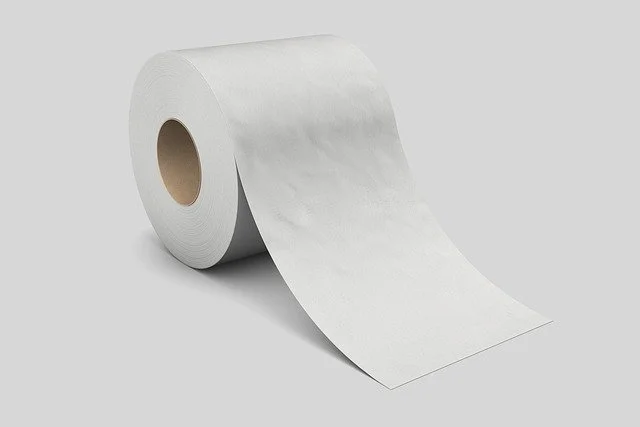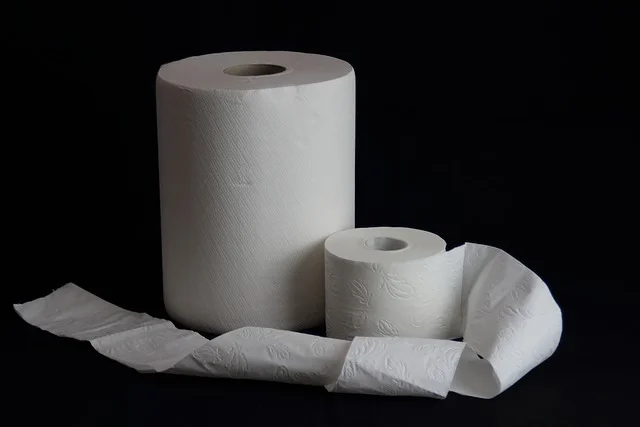History of the invention of toilet paper

Viruses have become a danger to our everyday life, and a commodity that most people can’t live without is toilet paper, which is flying off store shelves by the rolls. Here is the history of toilet paper
Most individuals tend to think that being able to clean up after a visit to the porcelain throne is a must-have item. Let’s dive a bit further into the history of toilet paper creation and see what people used before this significant event.
What did people do before the invention of toilet paper?
There was no toilet paper for much of human history, so humans had to make do with an odd assortment of cleaning materials. It was basically anything that man could get his paws on. Some natural toilet paper alternatives, such as leaves, grass, and moss, seem fair enough, but comfort wasn’t always a concern, and we sometimes had to use wood chips.

Palm cleaning with water, or snow in cold climes and sand in warm climates, has become a rather sanitary procedure all throughout the globe. However, people in certain parts of the Middle East and India still believe that their left hand is the best tool for the task (provided it is thoroughly cleaned afterward).
In their communal toilets, the ancient Greeks utilized clay utensils, while the Romans used a sponge on a pole washed in a bucket of salt water (or a vinegar solution). Pre-colonial American cultures utilized corn cob peels. Cloth or materials such as wool, lace, and hemp were the preferred option for the rich in certain cultures, but ordinary people utilized whatever they could get their hands on, including stones, shells, fruit peels, and fur.
In a humorous debate, the 16th-century French writer François Rabelais noted in one of his works that the best method to clean was “the neck of a goose if you squeeze its head between its legs,” after numerous trials in wiping.
When was toilet paper invented?
When did toilet paper first appear? When it comes to paper, it’s no surprise that the Chinese were the first to recognize its use in the restroom. The oldest known account comes from 589 AD, when an official called Yan Zhitui stated that he “dare not” use paper for the “toilet” that included quotes from the five classics (foundational books in Confucianism) or names of sages.
The emperor of the 14th century issued a proclamation ordering the creation of meter-by-meter paper for his bathhouse. It was preferable not to consider why he needed so big sheets.
Despite this, toilet paper did not really hit the roll until decades later. People began using old magazines, but in 1857, Joseph Gayetty, a New York entrepreneur, began selling the first professionally manufactured toilet paper.
His “Medicinal Paper,” dubbed “The Greatest Necessity of the Age!” came in separate sheets soaked with aloe and was meant to cure hemorrhoids. Gayetty’s name was written on each page. Gayetty is the only one who knows why he wanted people to wipe their butts with his name.
However, his sheets were not long-lasting, and it took more than two decades for toilet paper to be available in perforated rolls. Even still, the quality was mediocre—three-ply, super-soft toilet paper was a fantasy realized only in the twentieth century.

In 1890, brothers Clarence and Edward Irwin of Scotland invented toilet paper as we know it. They came up with a way to store paper on a roll. In England, two-ply toilet paper was developed in 1942 and marketed as the most convenient. We no longer have to share sponges or corn cobs since we can get any kind of toilet paper from the closest shop.




